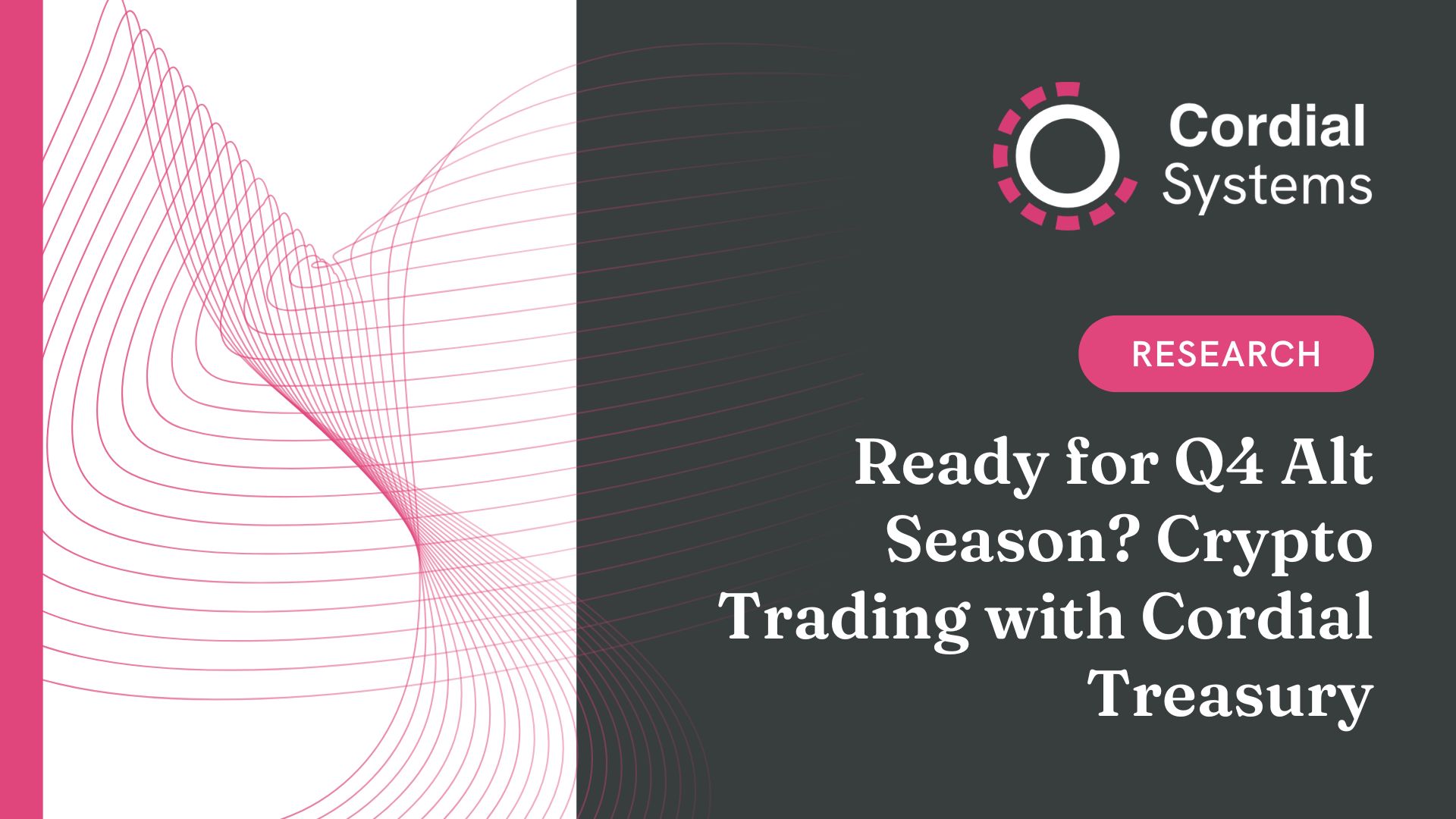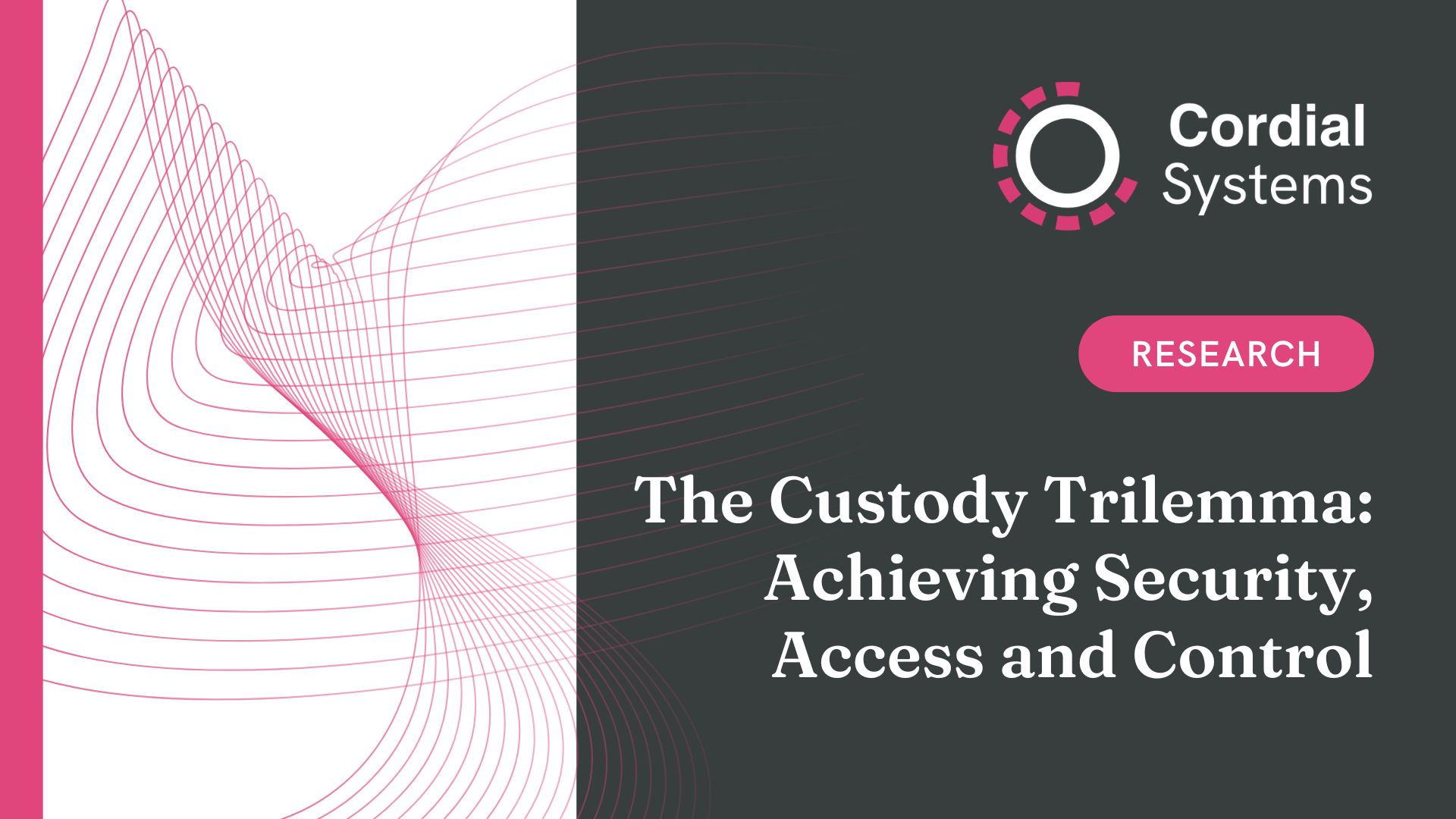
Back in August 2023, EY-Parthenon predicted1 that institutions will allocate 5.6% of their portfolios to tokenized assets by 2026. As real world asset tokenization gathers more momentum, and as crypto goes more mainstream, the need to identify tokens issued, provide post trade services for them, and full asset servicing requires an accelerated need for something not often spoken about - product data quality control.
Reference Data Sets
Typically this is a high-value risk management activity on the sell side of traditional finance - one small part of this involves accurate securities identifiers and pricing data as a critical input and dependency to most trade and client support functions. If cryptocurrencies and tokenized assets are to integrate further into existing financial systems there is a lot of detail which still needs to be addressed. Regulatory Technical Standards are now talking about the requirement for unique identifiers and reporting critical data elements (like the Hong Kong Monetary Authority posted2 at the end of September 2024). Same with the International Organisation for Standardization (ISO 24165) framework3 with their details on how to correctly identify, account, and manage crypto assets or tokenized assets. Token and product identifiers are getting more prescriptive.
Initially, ESMA spearheaded the requirement of a digital token identifier as a core reference point for crypto asset service providers in the EU, and others are converging on this precedent. Ultimately there will need to be some unique identifiers for the settlement of securities, crypto, and other on-chain products on equally identifiable distributed ledgers as part of post-trade transparency reports. For example, how does one accurately capture the information of a financial instrument or token that may be priced in tokenized e-money or stablecoin rather than explicit fiat currency?
Specifically, ESMA recommends publishing the ISO 24165 digital token identifiers on top of the minimum set of fields required in post-trade transparency reports. This would suitably cover the necessary reference data to identify the type and characteristics of digital currency or tokens as well as their identifying ledgers. While this does not address taxonomy of the tokenized assets insofar as regulatory status or suitability for investment, it can be the gateway towards getting an ISIN or CUSIP which is a unique reference identifier in traditional financial markets today.
EMIR and Regulatory Data Reporting
ISIN is a global standard for unique identification of financial and referential instruments, rather than the market an instrument trades on or distributed ledger technology it is created on. As such, any digital instruments that are fungible will be identified by one ISIN e.g. GB00BL6C7720 which is the 4 1/8% Treasury Gilt 2027. It helps organizations meet regulatory requirements and improve transparency. Having a digital token identifier as its own unique identification would be complementary to the ISIN, with different function but intrinsically linked by working together. This allows for the first time some much needed clarity and conformity to transaction reporting. Historically, there has been significant uncertainty around how these assets and the relevant derivative contract should be reported due to limited guidance and the lack of standardized identifiers. By adopting the digital token identifiers and ISIN frameworks, transaction reporting of these digital assets and the relevant derivative contract under regulations like EMIR will become clearer and more precise, leading to smoother compliance and enhanced market oversight.
Last year Siemens, the multinational technology company, issued DE000A30V6H0 on the Polygon network in accordance with Germany’s Electronic Security Act (eWpG). This reduced the need for paper based certificates and central clearing. Nice! However, to say technical information is light would be an understatement - see Polygonscan here

We see under “Transfers” that only 3 investors were involved in the issuance… none of whom had native MATIC in their wallet to transact a transfer of the bond (held to maturity maybe?)...not exactly ground breaking. Perhaps even worse, it was missing lots of key technical information. The token contract is present and knowing the token’s address allows investors to verify the bond’s authenticity to ensure it has not been tampered with but a digital token identifier should capture ALL associated technical information. If registering an ERC-20 token operating on the Polygon network, there is a need for unique data identifiers recognising that it is using the ERC-20 mechanism, it’s on the polygon network, has an associated smart contract address with some designated syntax, UnitMultiplier, unique product identifier, some metadata and more.
Therefore providing digital token identifiers as an additional element helps to standardize post trade transparency reports and should be part of the product data quality control and a wallet provider or custodian is well placed to help here, particularly as trade settlement will involve delivery to an on-chain address. This is a key piece of detail that, combined with many other requirements, will help to elevate tokenized assets and other DLT based assets to the principal product groups of traditional equities, fixed income, options, and futures. As crypto markets continue to move towards interoperability, a vast majority of tokenized instruments will form part of a Functionally Fungible Group (FFG) through either a technical solution (bridging) or user guaranteed issuance (pegging). That is a world we need to get ready for.
Cordial Asset Registry
The financial institutions and leading CASPs that Cordial Systems works with require significantly more than just segregated wallets, holding a key share, and signing arbitrary messages. They go extremely deep into the custody function and the full trade lifecycle. They recognise the need for referential datasets and that all commonly traded digital assets can be assigned ISO-standard digital token identifier codes and that a means exists to ensure transaction reporting requirements. That’s why we built the Cordial Asset Registry. It is a comprehensive index of digital assets that provides our users with a set of immutable identifiers based on objective, verifiable technical data. We cover assets across various registries: DTI registry, CoinGecko, CoinMarketCap. The DTI is coupled with ISO 24165 as the standard which most regulators are converging on, and for which over 2,000 ISO identification codes have been issued for the most commonly traded digitals assets. We are constantly updating the index to keep track of all available digital assets in the industry.
In summary, all fungible digital assets using distributed ledger technology for token issuance, storage, exchange, ownership recording, or transaction validation can be assigned such a code. This helps to support regulators managing risk through greater transparency, and the Cordial Asset Registry represents one element of how Cordial Systems ensures product data quality control in this regard. Ultimately regulated firms will need these identifiers as part of a core reference data set when producing their regulatory reports in the inevitable digit asset economy.
To learn more about Cordial Treasury, please visit www.cordialsystems.com
For media inquiries, please contact Sebastian Higgs at seb(at)cordialsystems(dot)com
About Cordial Systems
Cordial Systems is a provider of institutional-grade self custody software using a Zero Trust security model. Cordial Systems' first product, Cordial Treasury, provides institutions with the first fully trustless solution that delivers full sovereignty—not just over their digital asset keys—but also the entire codebase, technology stack, and operating model. Cordial Treasury is the only solution optimized for clients with a non-negotiable requirement to own and control all aspects of their digital asset business in order to meet regulatory compliance, strong security posture, and good vendor management.
References
1) https://www.ey.com/en_us/insights/financial-services/tokenization-in-asset-management#:~:text=Asset%20tokenization&text=In%20terms%20of%20asset%20allocation,even%20higher%20allocation%20of%208.6%25.
2) https://www.hkma.gov.hk/media/eng/doc/key-information/press-release/2024/20240926e3a1.pdf
3) https://www.iso.org/standard/80601.html





